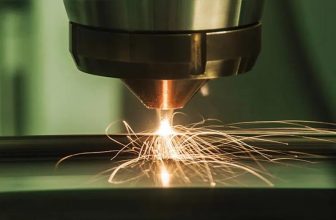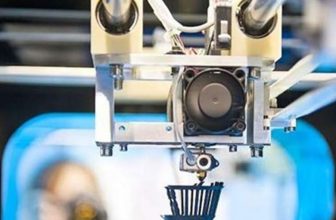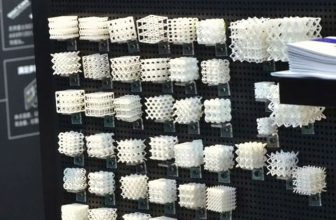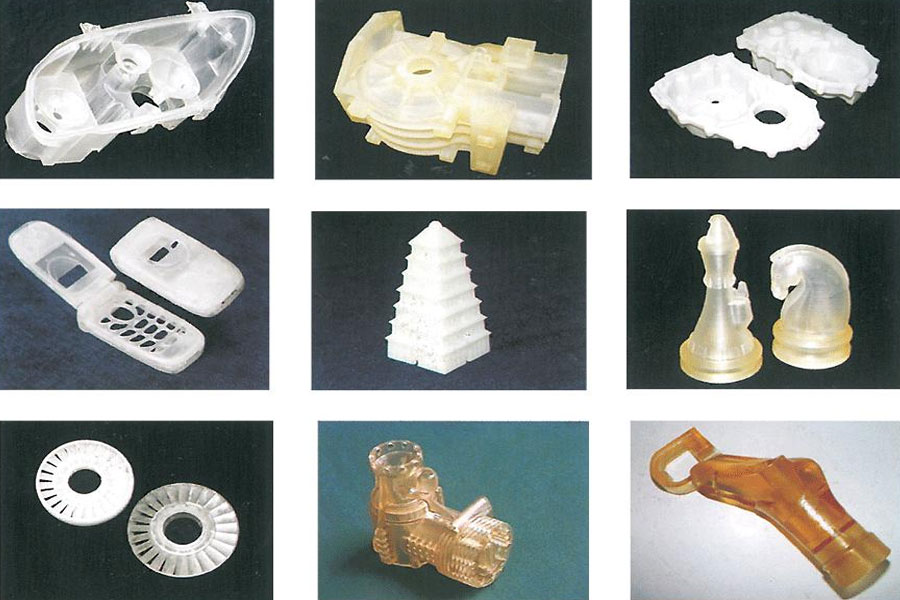
Among desktop 3D printers, melt extrusion molding 3D printers (FDM) are undoubtedly superior in terms of price and versatility, and are now blooming everywhere at home and abroad. However, when higher precision and better surface details are required, low-cost light curing (SLA) and digital light processing (DLP) 3D printers are clearly superior. After more and more high-quality and inexpensive SLA and DLP 3D printers enter the market, they have also spawned the evolution of photosensitive resin material technology. Today, I will lead everyone to take a look at the most widely-demand photosensitive resin material on the market.
General-purpose resin
At the beginning, although the manufacturers of 3D printing resin equipment sold their proprietary materials, a large number of resin manufacturers appeared, including MadeSolid, MakerJuice and Spot-A, in line with market demand.
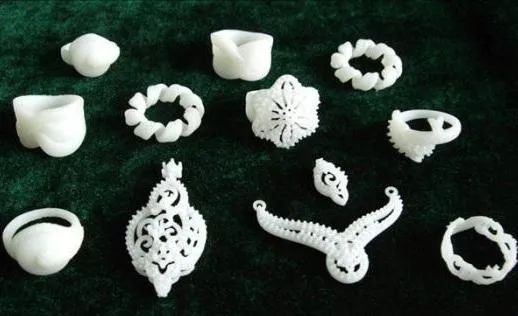
General-purpose resin
At the beginning, the color and performance of the desktop resin were limited. At that time, there were probably only yellow and transparent materials. In recent years, the color has expanded to orange, green, red, yellow, blue, white and other colors.
Hard resin
The photosensitive resin usually used in desktop 3D printers is a bit fragile and easy to break and crack. In order to solve these problems, many companies have begun to produce stronger and more durable resins. For example, Formlabs’ newly launched ToughResin resin material has achieved a balance between strength and elongation, so that 3D printed prototype products have better impact resistance and strength, such as manufacturing some parts that require precision assembly parts. The prototype, or the prototype of the snap-on connector.
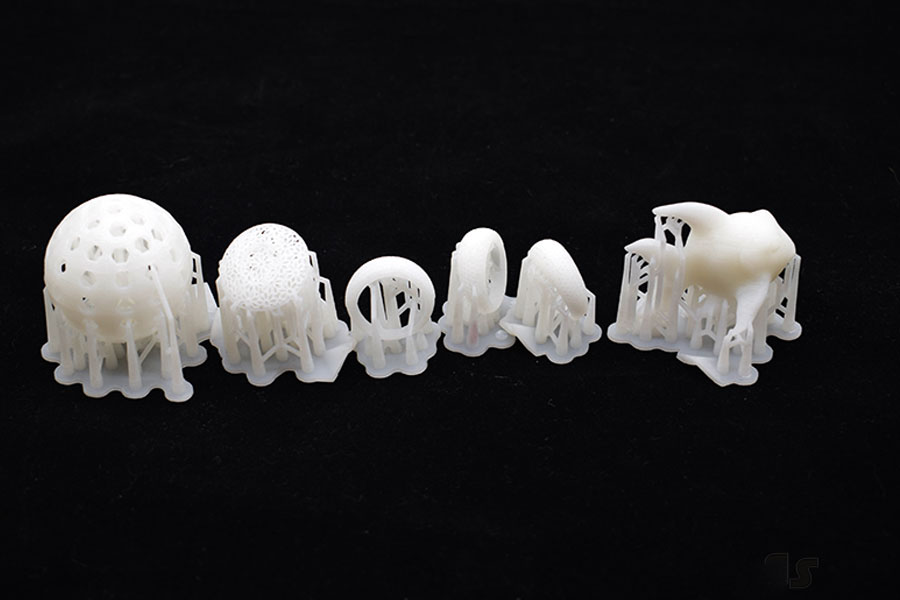
Hard-resin
Investment casting resin
The traditional manufacturing process has a complicated and long production process, and limited by the mold, the design freedom of jewelry is low, especially when compared with 3D printing wax molds, there are more mold manufacturing processes for wax molds. The expansion coefficient of this resin can not be high, and in the burning process, all the polymer needs to be burned, leaving only the perfect shape of the final product. Otherwise, any plastic residue will cause defects and deformation of the casting. In this regard, the equipment manufacturer SprintRay and the specialized material manufacturer Fun To Do provide such resins, and the domestic plastics technology has also introduced the resin material CA for investment casting.
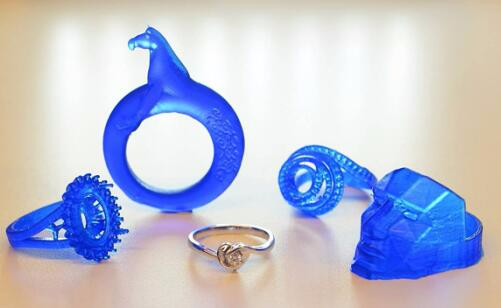
Investment casting resin
Flexible resin
Manufacturers of flexible resins include Formlabs, FSL3D, Spot-A, Carbon, Plastic Technology, etc. The performance of these resins is a medium-hardness, wear-resistant, and repeatedly stretchable material. This material is used in hinges and friction devices that need to be stretched repeatedly.
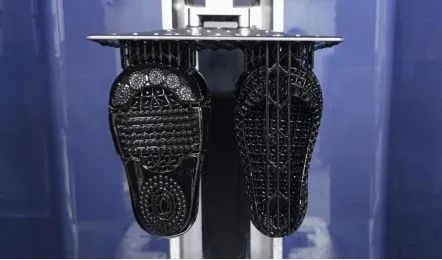
Flexible resin
Elastic resin
Elastic resin is a material that exhibits excellent elasticity under high-strength extrusion and repeated stretching. Formlabs’s Flexible resin is a very soft rubber-like material that will be very soft when printing thinner layers, and it will be thicker when printing thicker layers. Becomes very elastic and impact resistant. The possibilities of its application are endless. This new material will be used to make perfect hinges, shock absorption, contact surfaces, and other engineering applications, suitable for those with interesting ideas and designs.
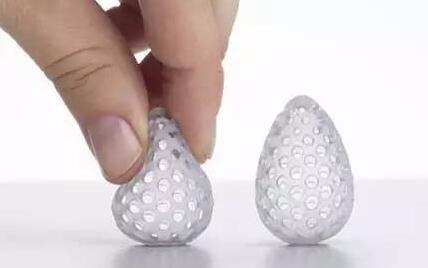
Elastic resin
High temperature resin
Undoubtedly, high-temperature resin is a research and development direction that many resin manufacturers are paying close attention to, because we know that in the field of liquid resin curing, the aging problem of these plastics has long been plagued by resins to consumer and industrial applications. Carbon’s cyanate ester (CyanateEster) resin has a heat distortion temperature as high as 219°C. It maintains good strength, rigidity and long-term thermal stability at high temperatures, and is suitable for molds and mechanical parts in the automotive and aerospace industries. At present, the heat distortion temperature (HDT) challenged by high-temperature resin materials has reached 289°C (552°F). Carbon is not alone in the field of high-temperature resins, and Formlabs has also introduced the latest high-temperature materials.
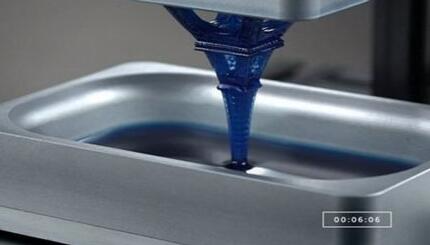
High temperature resin
Biocompatible resin
Formlabs, a desktop 3D printer manufacturer, is unique in the field of biocompatible resins. Formlabs’ dental SG material complies with EN-ISO10993-1:2009/AC:2010 and USP Class VI standards, which is safe and friendly to the human environment. The translucency of the resin can be used as a surgical material and pilot drill guide. Although it is aimed at the dental industry, this resin can also be applied to other fields, especially the entire medical industry.
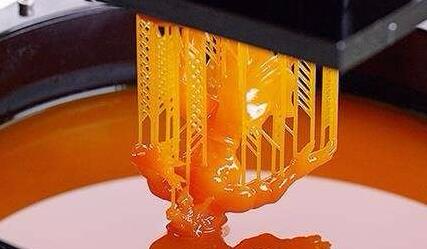
Biocompatible resin
Ceramic resin
When it comes to ceramic resins, we have to mention the high-temperature ceramic 3D printing technology in California. Researchers use ultraviolet light to cure the preceramic monomers of the rapid forming ceramics-“precursor conversion polymers”. The ceramics made from these polymers shrink uniformly, almost without Porosity.
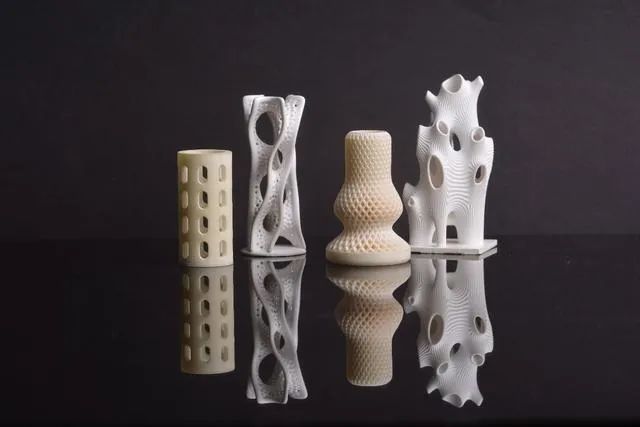
Ceramic resin
After 3D printing, this resin can be overfired to produce dense ceramic parts. The super-strong ceramic materials 3D printed using this technology can withstand temperatures exceeding 1700 degrees Celsius. The ceramic photocuring technology on the market mostly involves adding ceramic powder to a photocurable solution, and mixing the ceramic powder uniformly in the solution through high-speed stirring to prepare ceramic slurry with high solid content and low viscosity. Then, the ceramic slurry is directly solidified layer by layer on the light curing forming machine, and the ceramic parts are obtained by accumulation. Finally, the ceramic parts are obtained through preparation processes such as drying, degreasing and sintering.

Sunlight resin
Sunlight resin
Daylight resin is a very interesting resin. Unlike resins that cure under ultraviolet light, they can be cured under ordinary sunlight, so that no UV light source is required, a LCD screen can be used to cure this type of resin. This resin is expected to significantly reduce the cost of DLP 3D printing, and the prospects are very good.


